By the end of this unit you should:

Read.
The best way to begin a new language learning program is to understand what you can do, what you cannot do and what you need to do. Your priority should be on the items you need to do but cannot do. The most effective way to assess this is to conduct a needs analysis.
A comprehensive needs analsis will consider long-term and short-term needs, but for this activity, only consider your needs until your graduation. When deciding what your needs are, it is useful to focus on specific skills and knowlege listed below:

Read.
Many students feel their English is poor and so do not practice. As they do not practice, their English naturally remains poor. This is a vicious circle. A vicious circle can be broken and over time transformed into a virtuous circle. The transformation is not immediate and does not happen over days but over weeks and months. There is no shortcut to learning English. Books and courses promise "English in a month", but the reality is "you only get out what you put in". Immerse yourself and you will make progress.
Consider this scenario.
A man arrives in Japan and cannot speak Japanese. He listen to the radio and television. Japanese sounds like all the words are connected. After a short time, he still cannot understand the meaning of many words, but he notices two patterns.
The man buys a small dictionary and memorizes words. He colours the words he has remembered in yellow, and the words he has spoken to someone in orange. He learns hiragana and practises by singing karaoke songs. He learns katakana. Every day, he studies Japanese grammar by reading a grammar book. He writes all the examples in hiragana and katakana. He starts to study kanji. He covers the walls of his room with handwritten kanji to help him remember. Every day he speaks to a strangers in Japanese. This man had never studied Japanese before arriving in Japan, but learnt to speak, read and write in one year. This man's name is John Blake. You have an even better start with English. You have already studied the grammar and vocabulary you need, now your focus is on activating your knowledge.
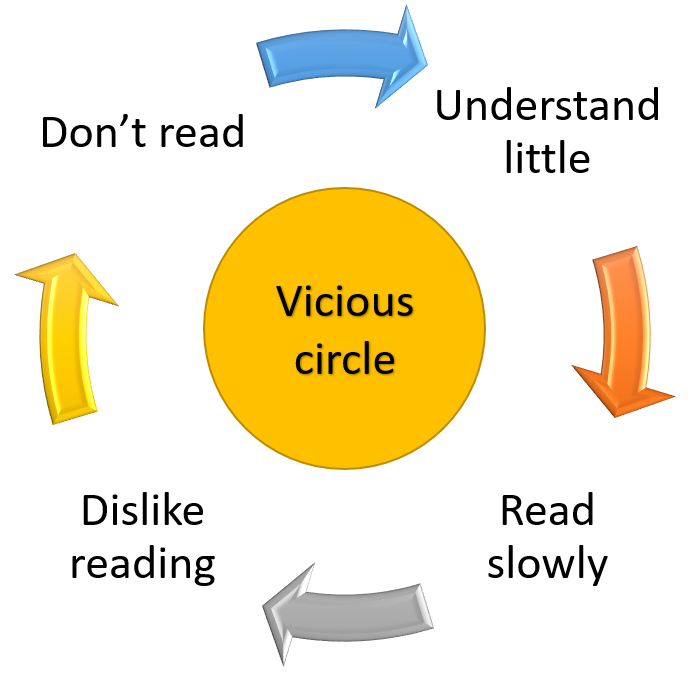
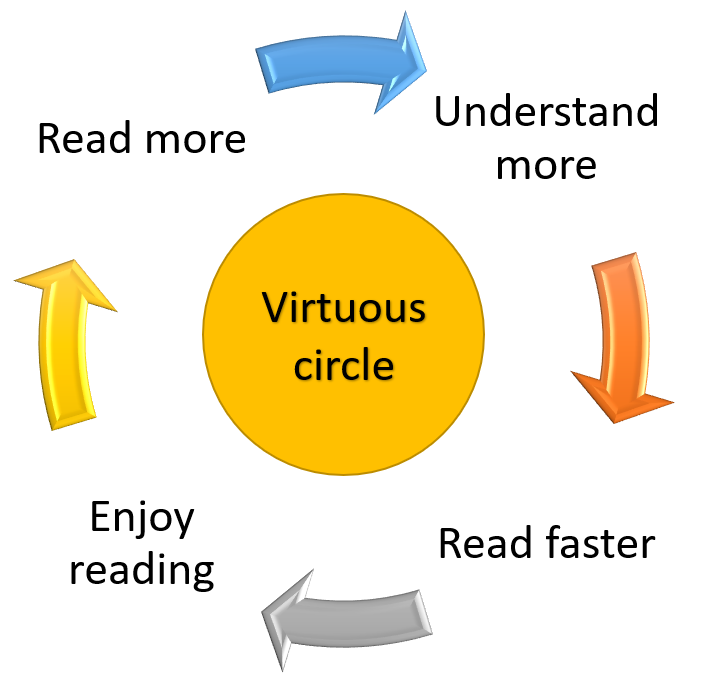
Read.
The only way to learn language is to be exposed to the language, analyze the language, and then use the language. When using the language, you may receive feedback, which in turn needs to be processed. There are four elements to consider in this process, namely
We will consider each of these elements in turn to identify the most effective and efficient ways to improve your English. First, input
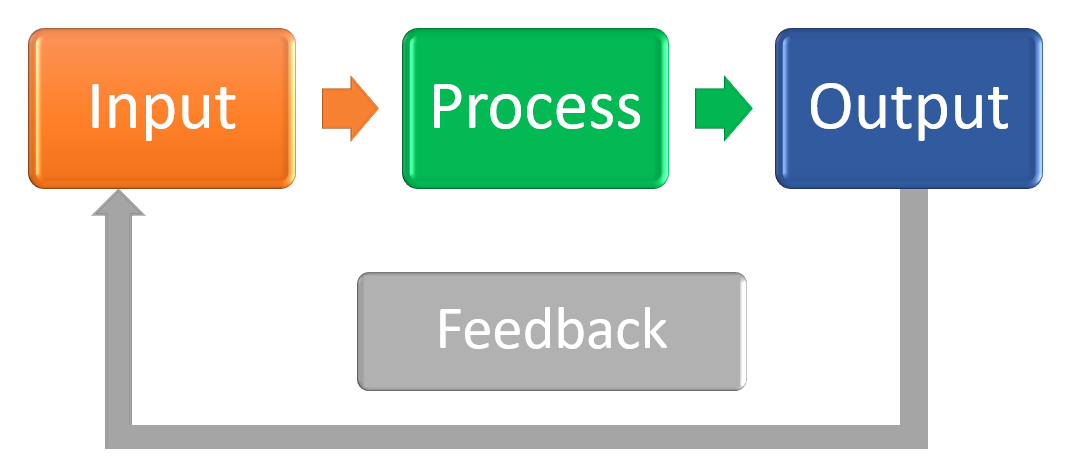
Read.
If you learn a new word, you need to use it or you will forget it. You can do this by writing it down or by using it in a conversation. There are other strategies to learn as well, such as making notes and revising them. It probably does not matter which strategy you choose. What matters, however, is the amount of time you spend on task. Studying ten minutes every day results in improvement. Studying 30 minutes every day clearly results in more improvement. Most undergraduates can easily fit in a 30-minute study session in the evening, by reducing the time spent on social media, YouTube or playing online games!
Watch Professsor Micheal McCarthy explain how to remember vocabulary (2 min 44 sec).
Read.
If you go to a fast food restaurant in the United States and say "I coffee want", you will receive a cup of coffee. Your grammar is completely wrong (subject, object, verb), but you can be understood (albeit with some confusion). The Japanese education system rewards grammatical accuracy; but in real-life communication, meaning is paramount. When listening to we aim to understand the meaning first. The grammar is purely a way to help organize language to make it easy to convey meaning. When writing or speaking focus on getting your meaning across.
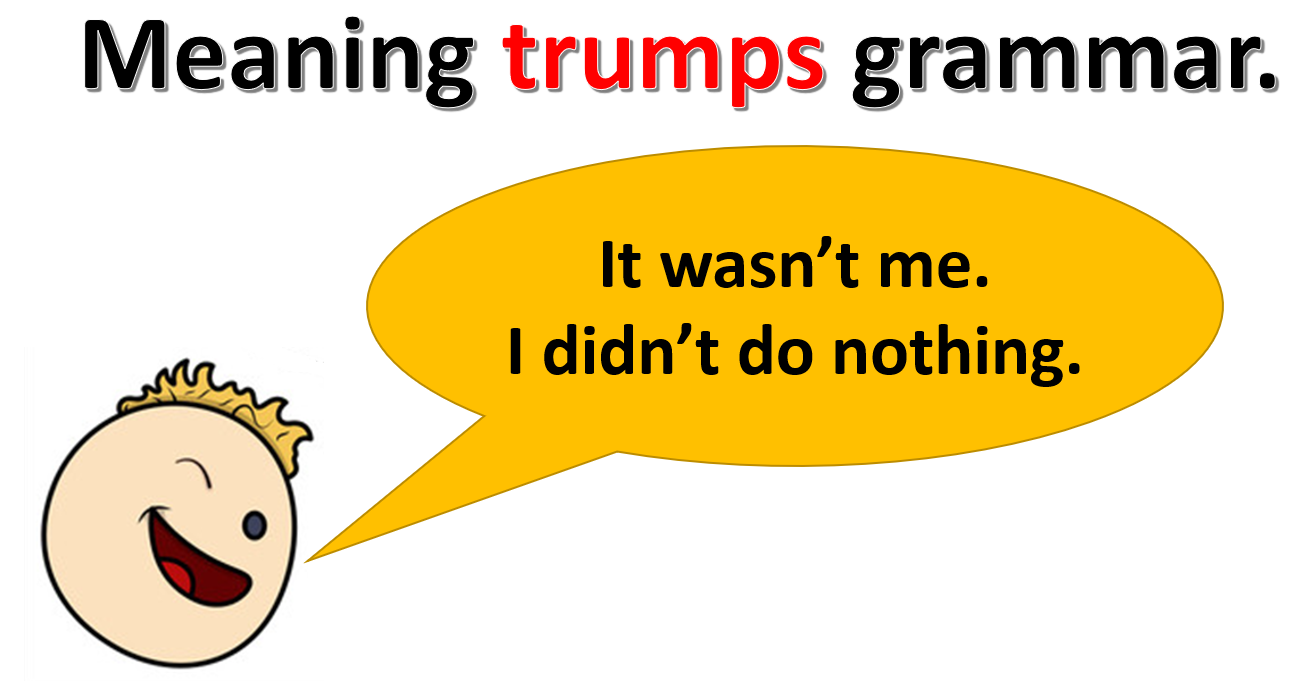
Making mistakes is part of the learning process. If you make no errors, you are avoiding using English. It is better to make your mistakes now while you are a student. The world of business is less tolerant of errors. We all make language mistakes even in our mother tongue.
Watch this video and see the language "mistakes" that native speakers of English make (3 min 53 sec).

Decide what you need to do to be able to write your graduation thesis in English. Write an action plan using SMART objectives (see the video below for an explanation, 3 min 57 sec).
Below is an example of an action plan.
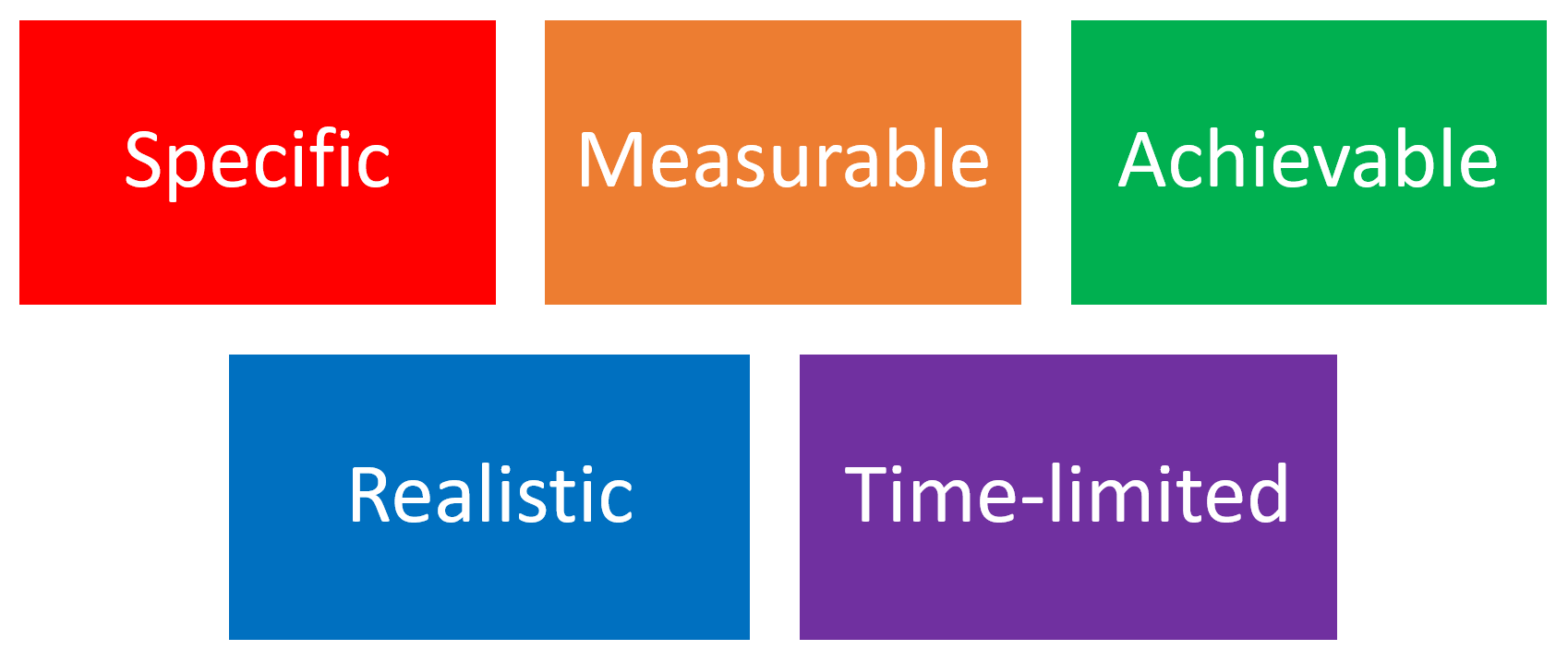
Make sure you know the meaning of the following terms:
Make sure you have completed your needs analysis and start to follow your action plan.